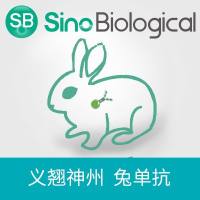The Chimeric Human/Mouse Model of Angiogenesis
互联网
518
Angiogenesis, the formation of new blood vessels from preexisting vessels, is an essential component of many normal biological processes such as embryonic development, wound healing, and endometrial maturation in premenopausal women (1 –3 ). This process is similar to, but not identical with vasculogenesis, which is associated with the development of blood vessels from precursor cells termed angioblasts (4 ,5 ). Under normal physiological conditions the complex cellular events controlling vascular development are tightly regulated. However, when the molecular and biochemical mechanisms controlling angiogenesis are disrupted, uncontrolled neovascularization can contribute to a number of pathologies. In fact, several clinically important human diseases are characterized by abnormal vascular development including solid tumor growth, rheumatoid arthritis, diabetic retinopathy, and psoriasis (1 –3 ,6 –8 ). Thus, the pathological consequences of abnormal neovascularization impacts a large segment of the population and clearly demonstrates the need for an in depth understanding of the molecular mediators involved in the regulation of angiogenesis. To this end, an expanding body of work has identified a wide variety of molecules as potential targets for antiangiogenic strategies including a complex network of cytokines, cell adhesion receptors, proteolytic enzymes, and extracellular matrix components (9 –11 ). Interestingly, many of these important discoveries were first identified by the use of in vitro and in vivo angiogenesis models.







